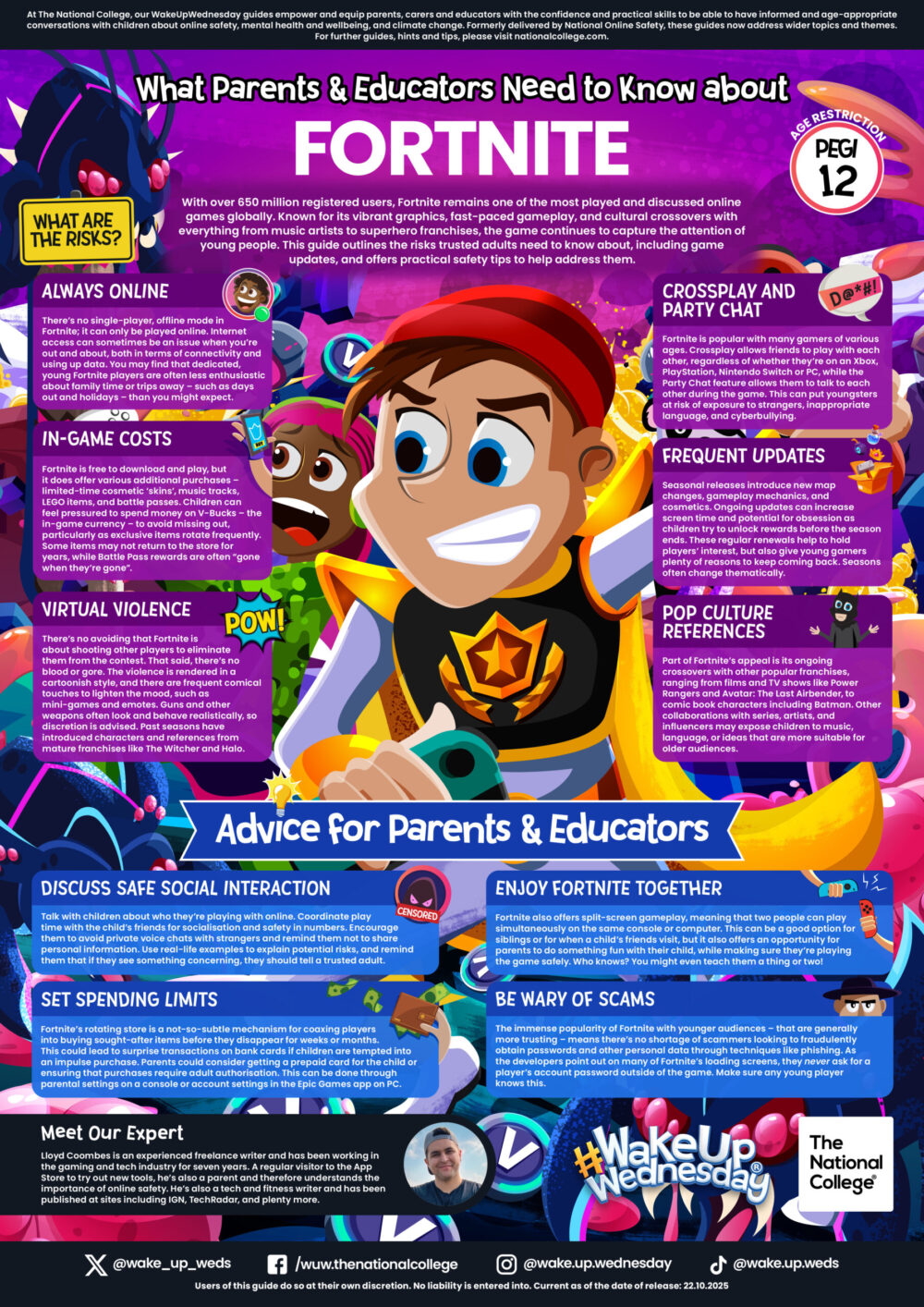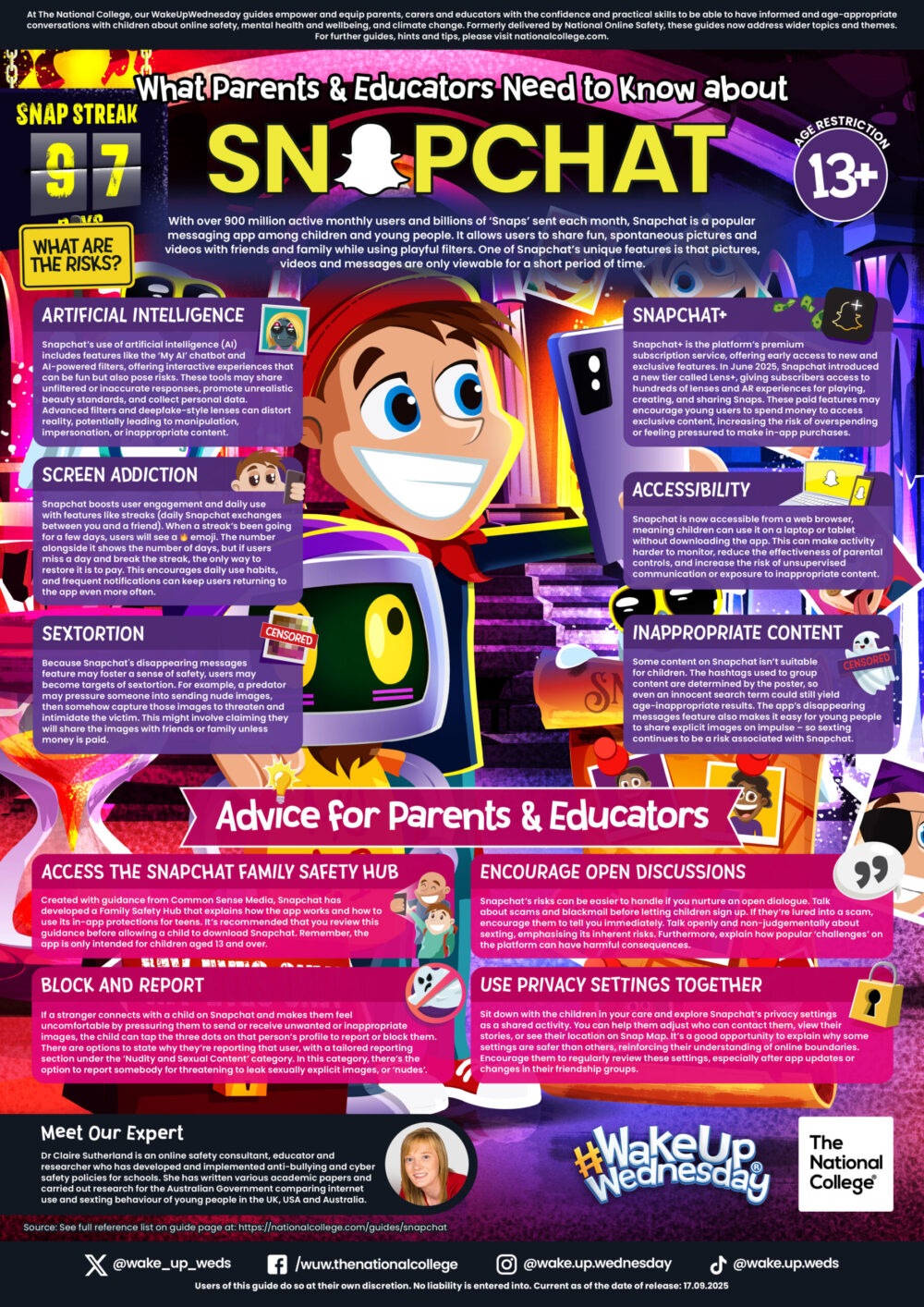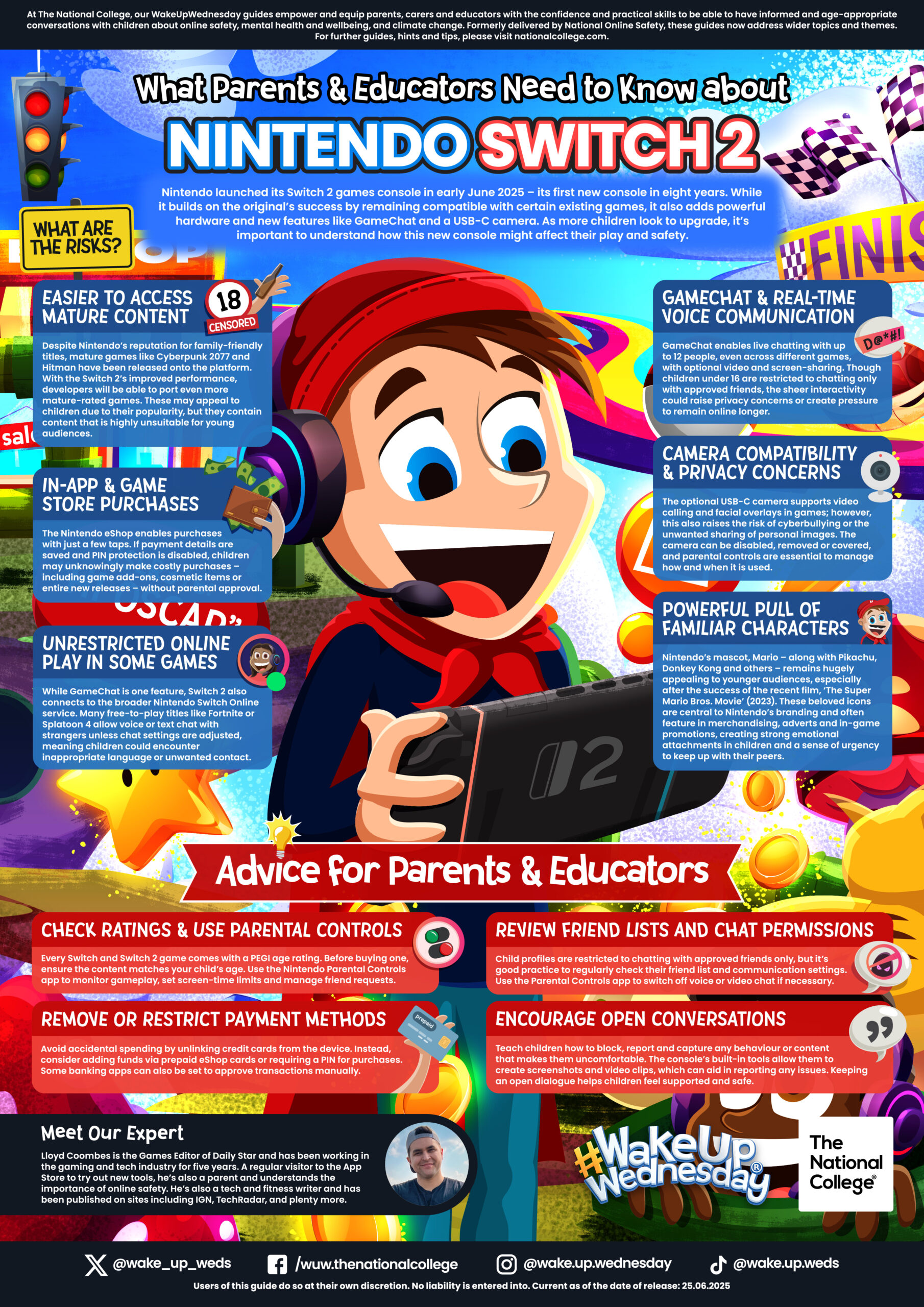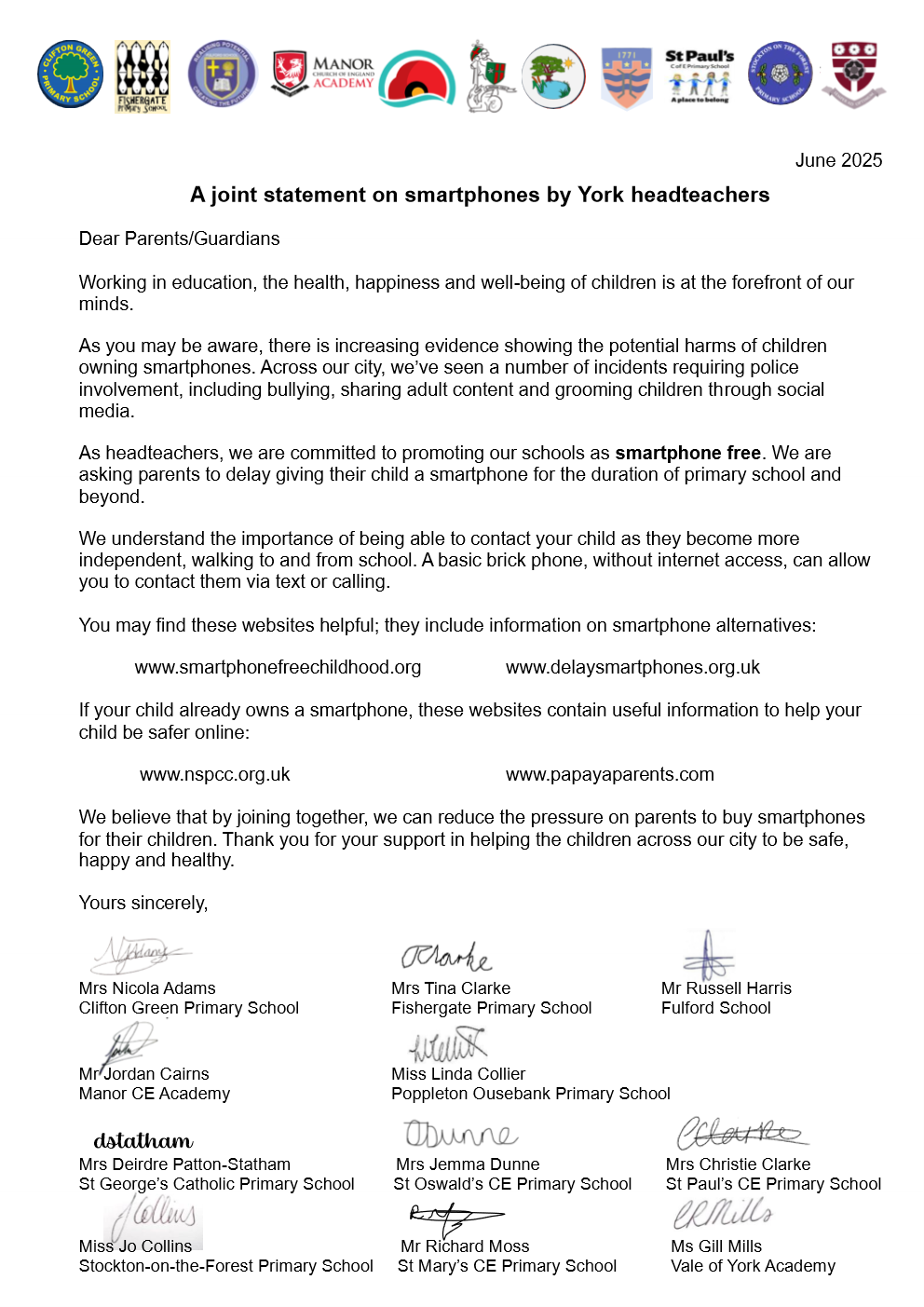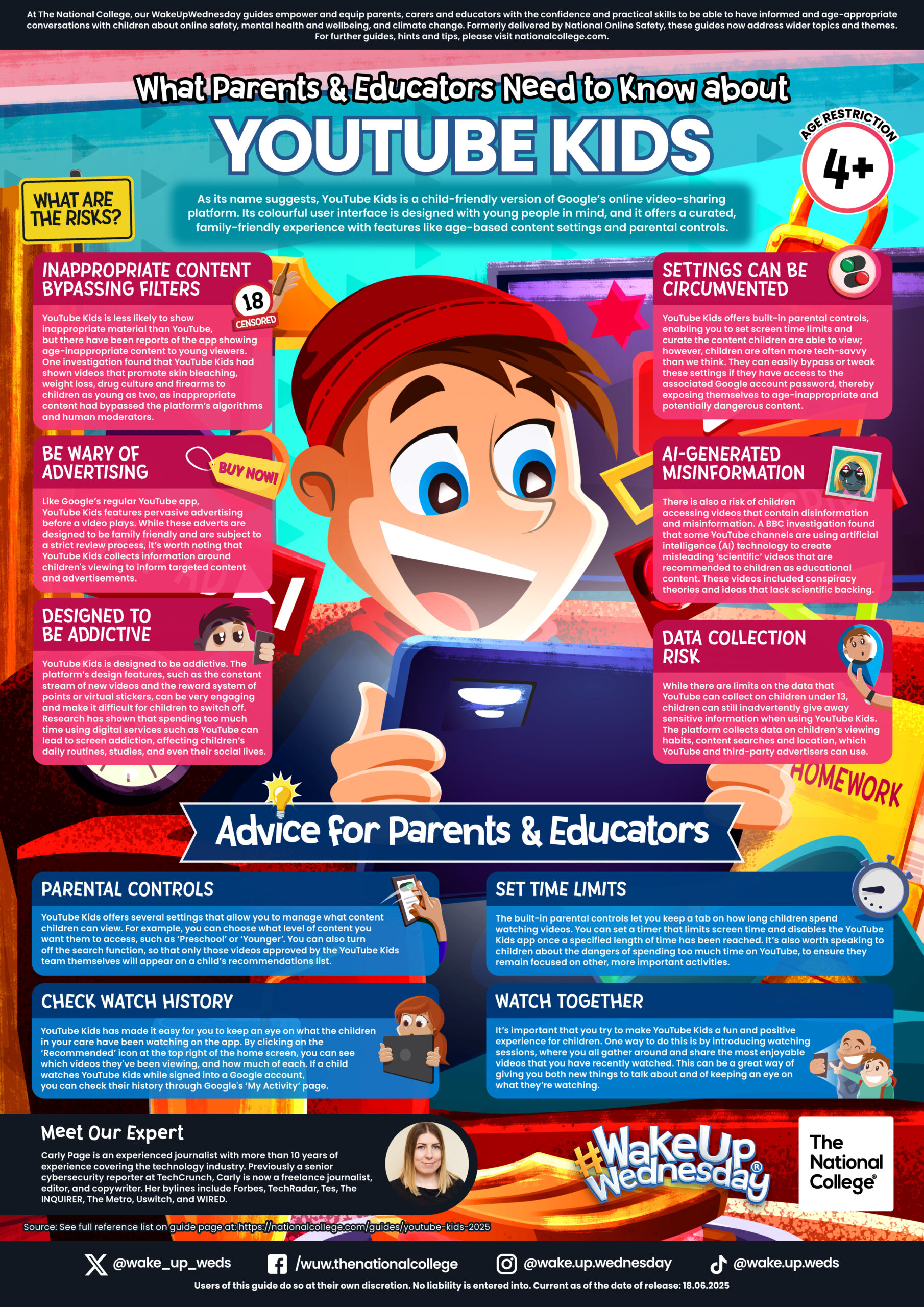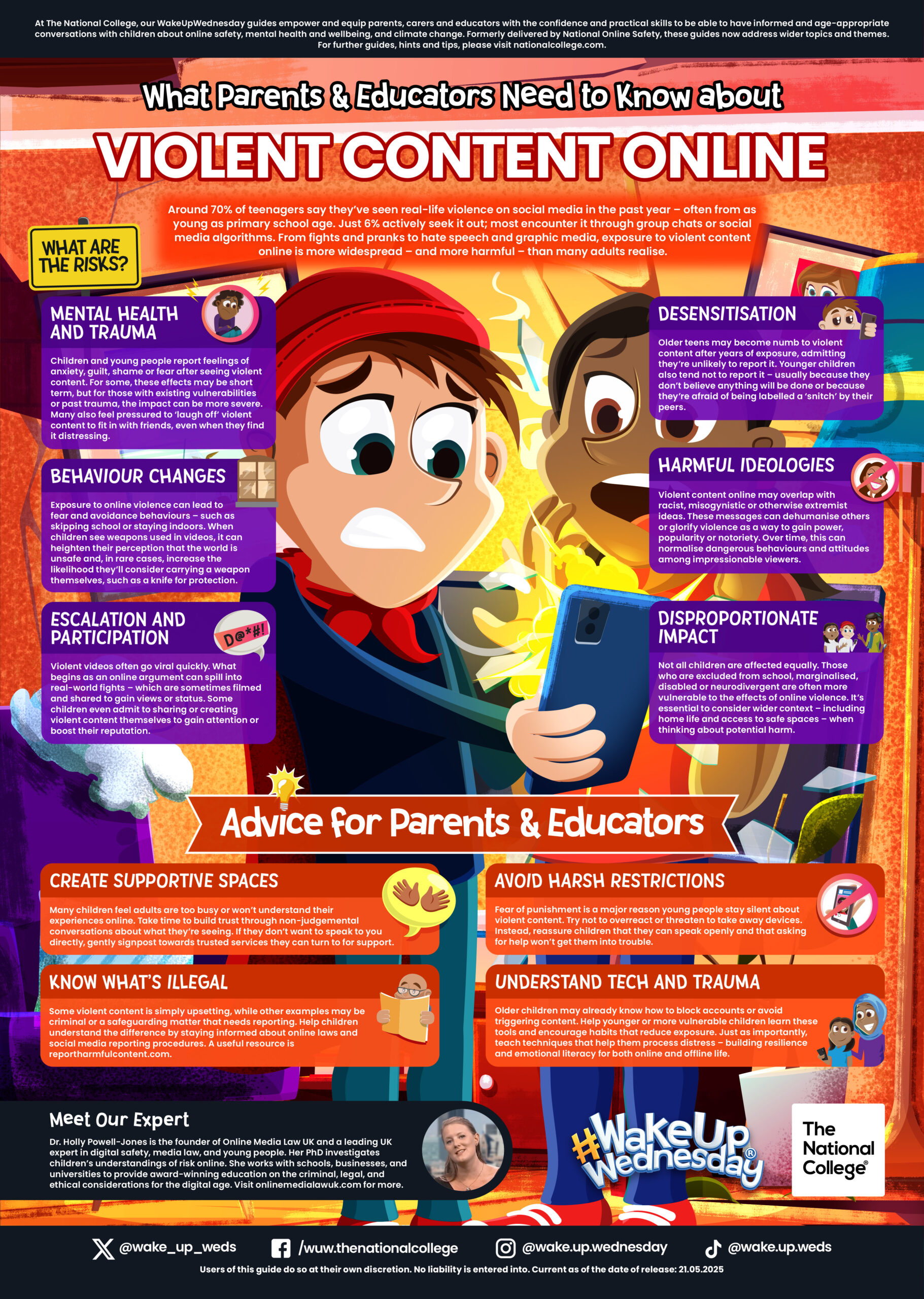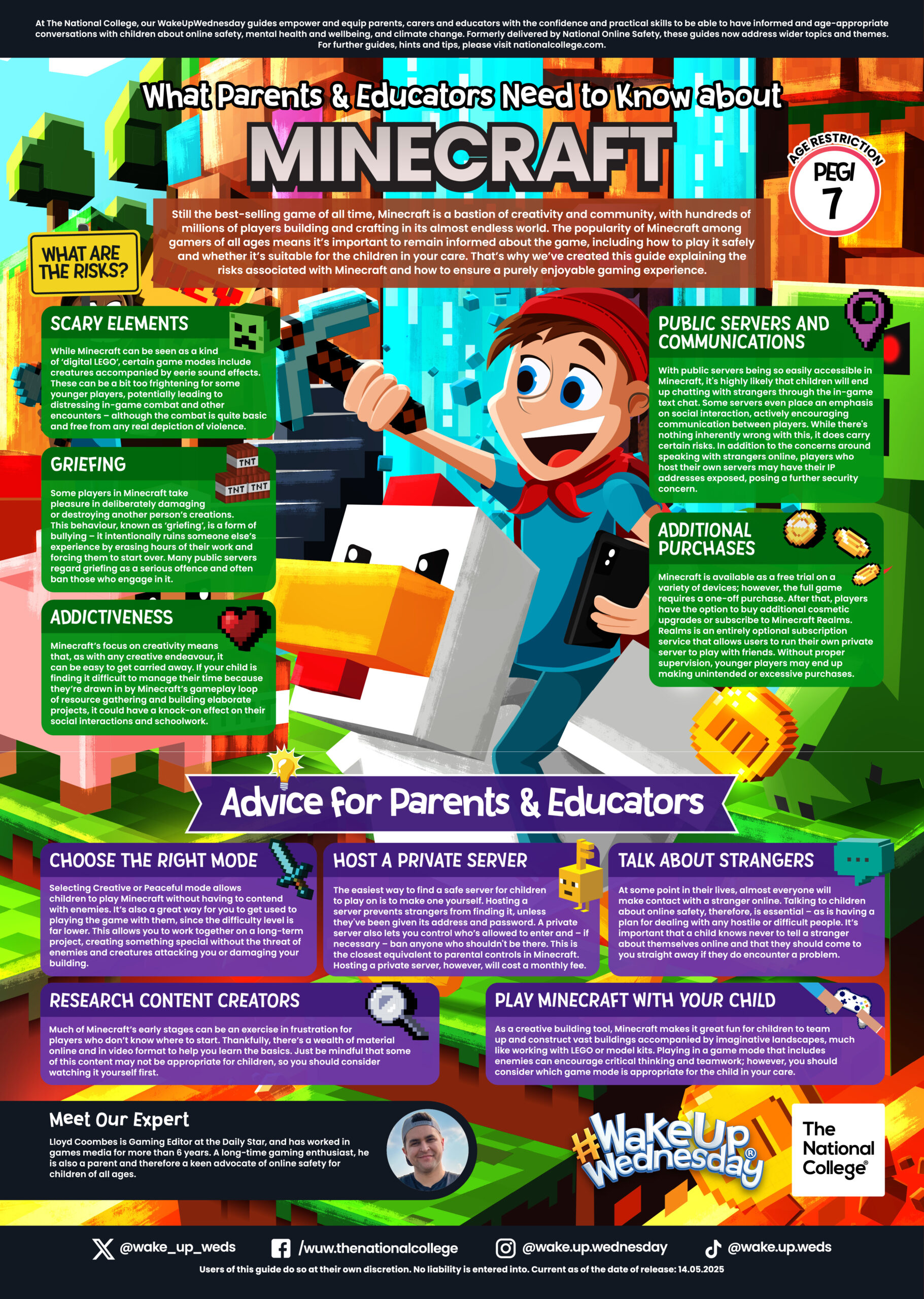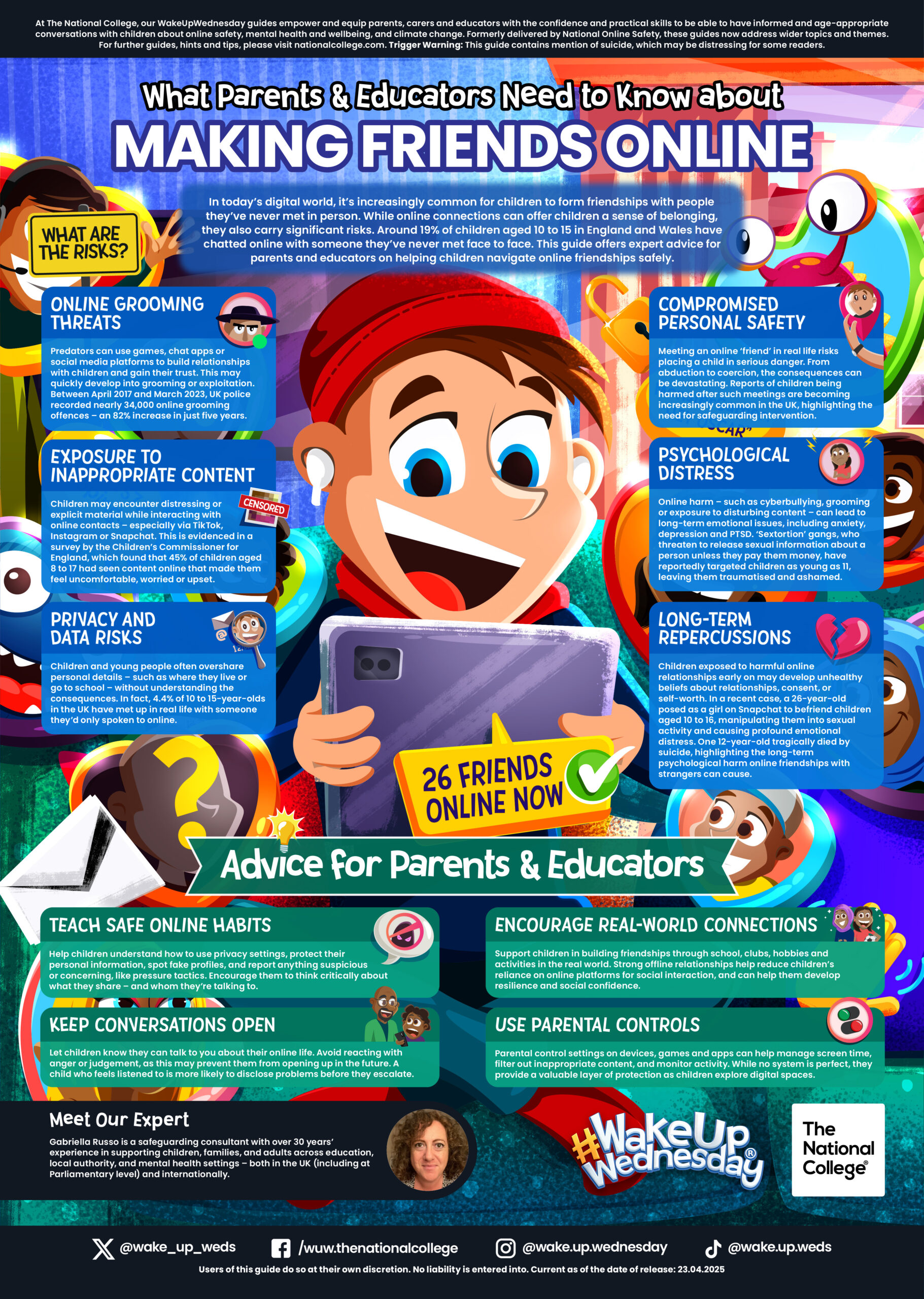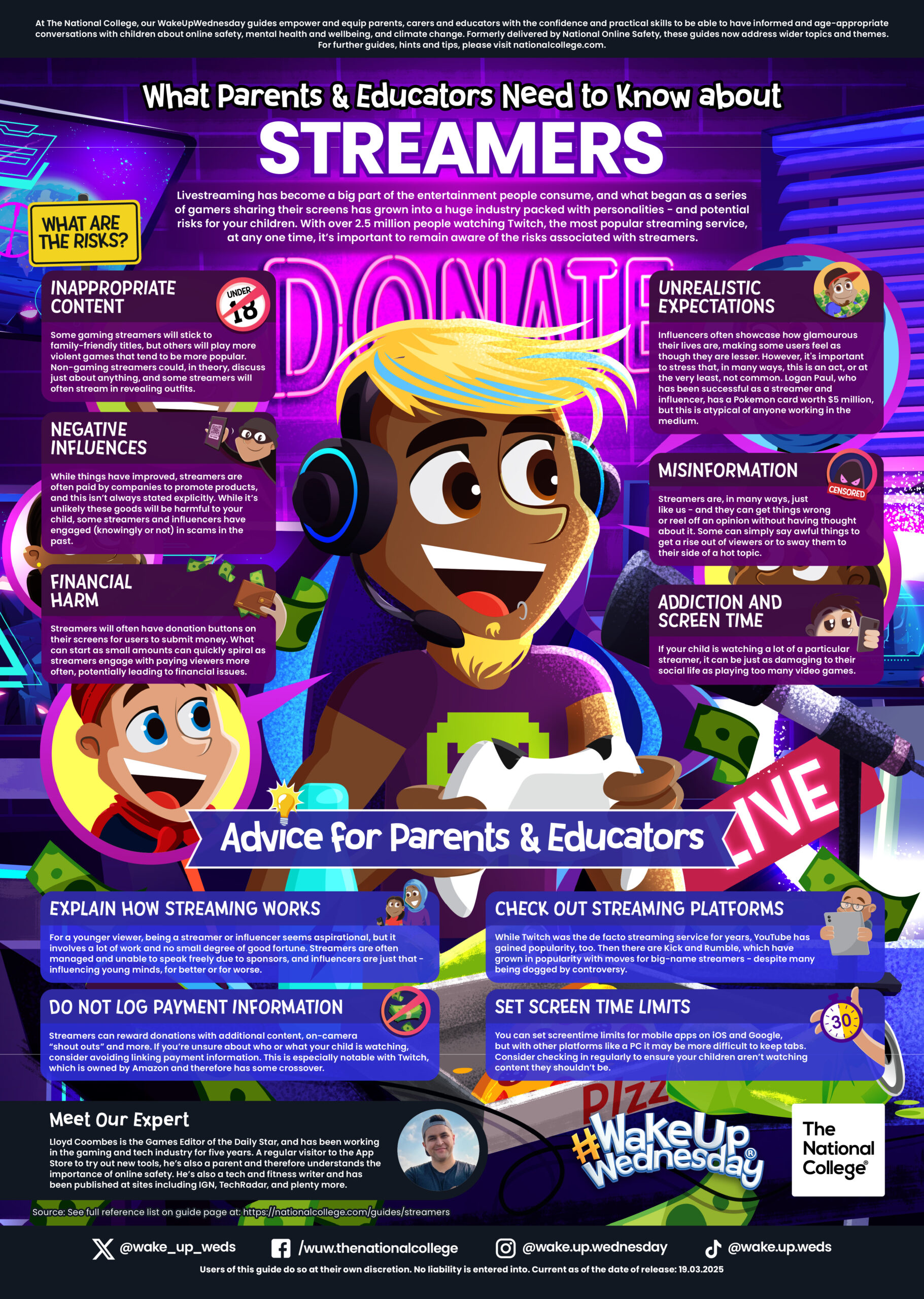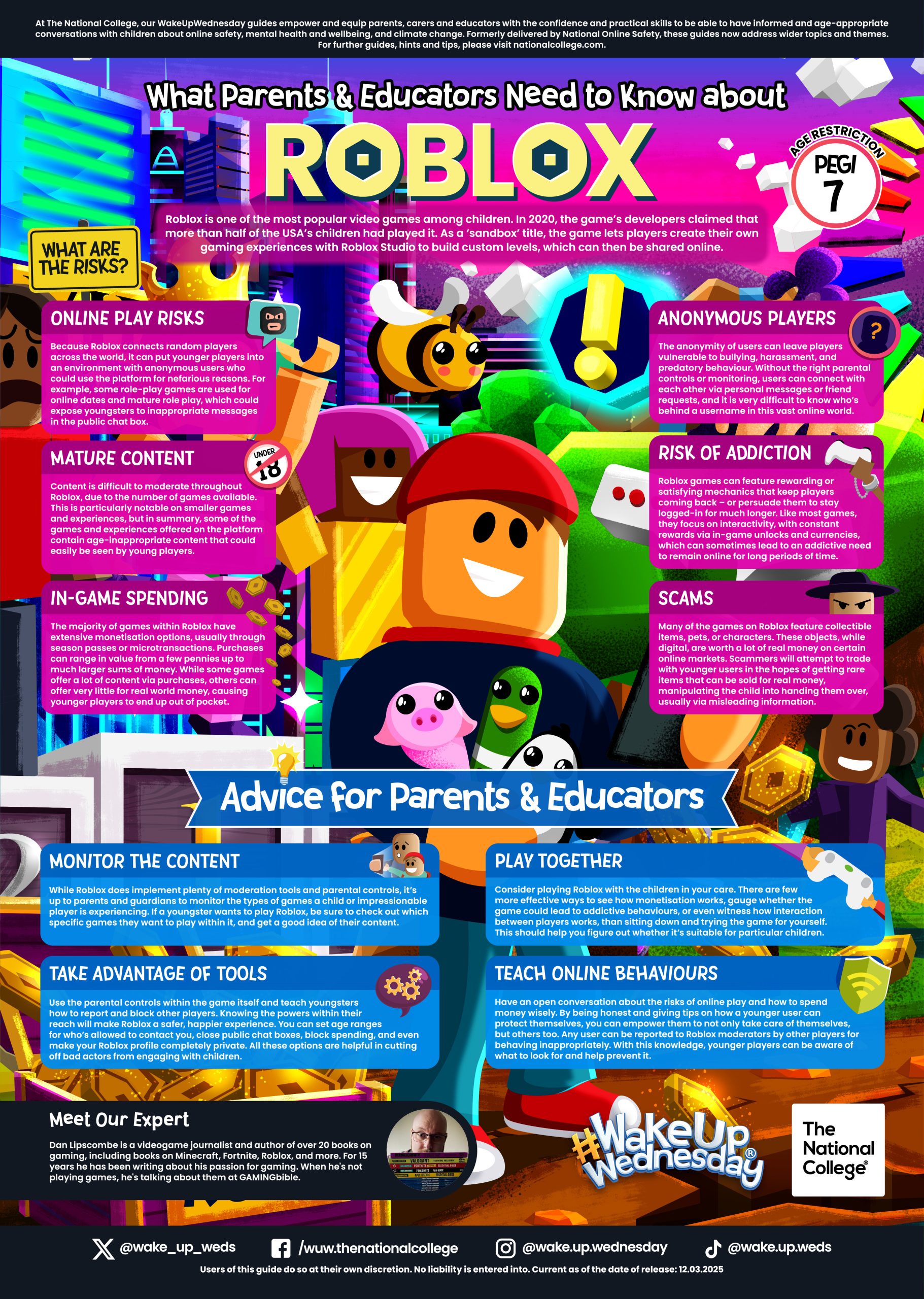Fortnite’s latest season is packed with eye-catching features – but that can mean longer screen time, pressure to spend, and the lure of party chat with strangers 🎮 This week’s #WakeUpWednesday guide shines a spotlight on what parents and educators need to know to help young players stay safe.
From comical dance emotes to realistic weapons and big-name collaborations, Fortnite is a cultural heavyweight. But even with its PEGI 12 rating, many younger children are joining the action. Our new guide explores the risks – and offers useful, clear advice for trusted adults.
Grab our guide below!National Online Safety
This guide is from National Online Safety.

